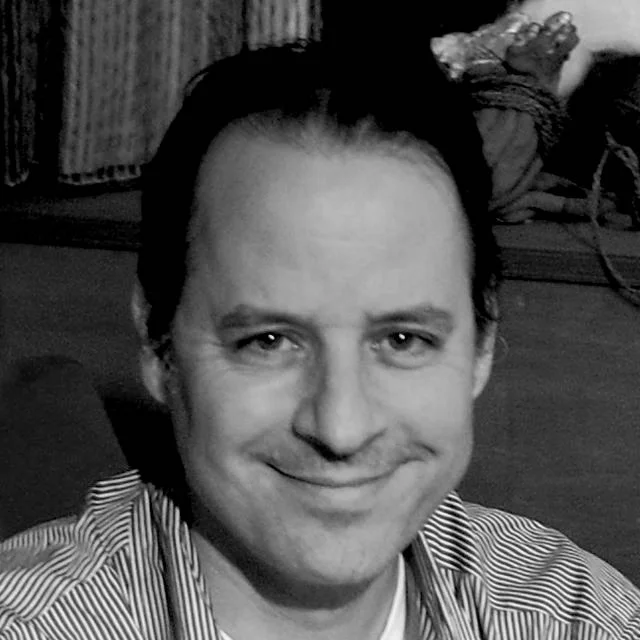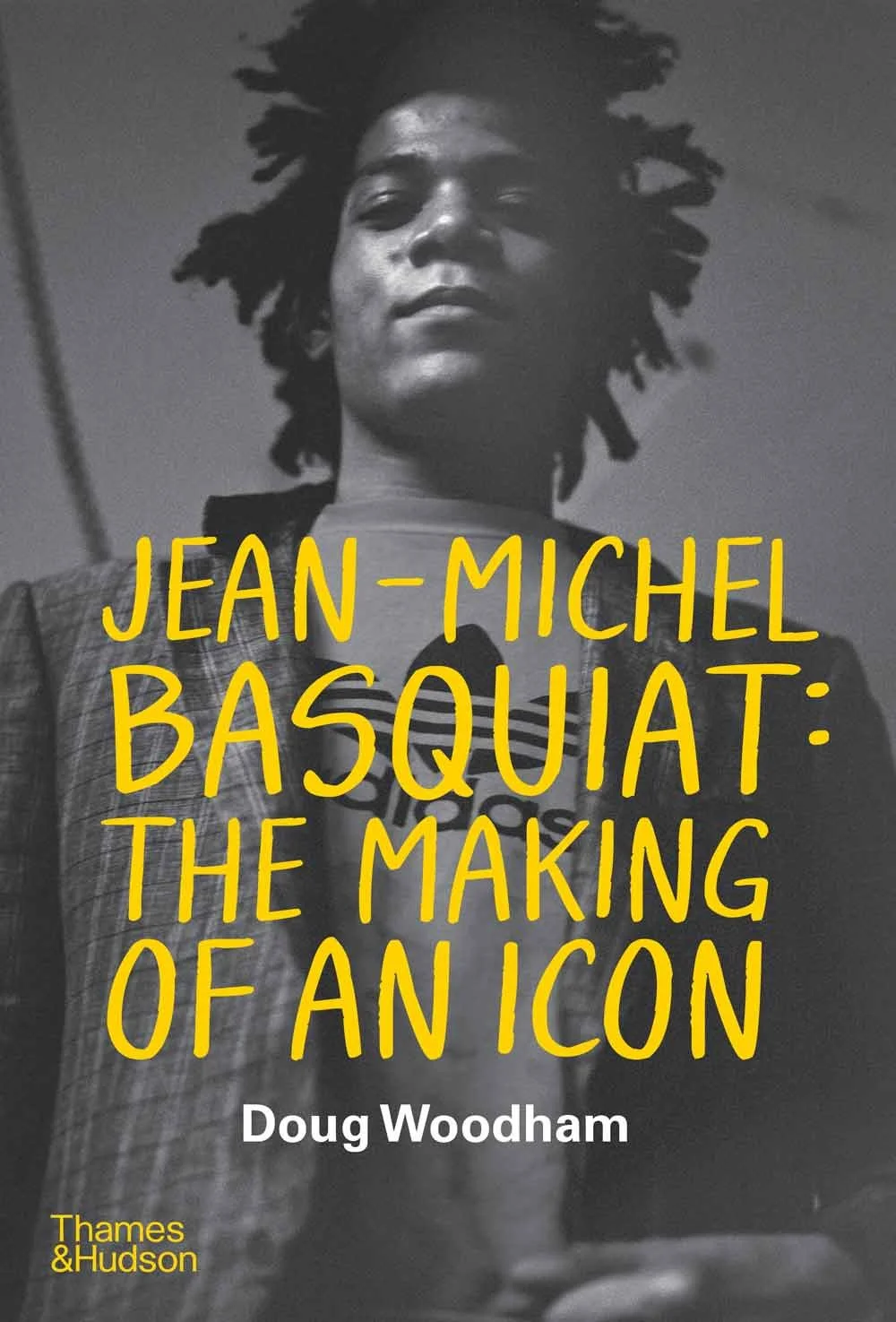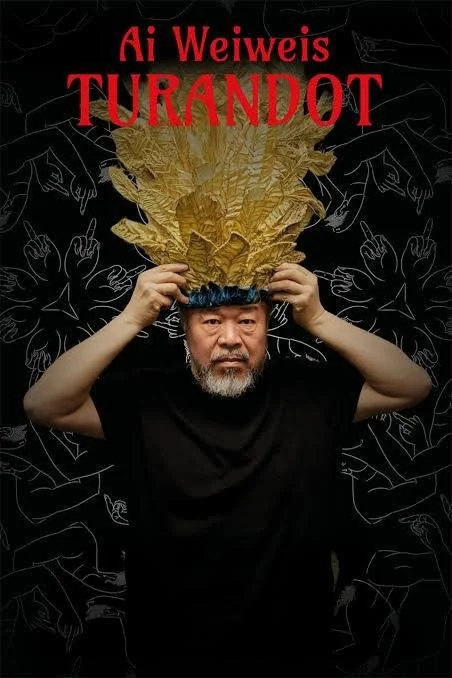Azby Brown is a leading authority on Japanese architecture, design, and environmentalism and the author of several groundbreaking books, including Just Enough, Small Spaces, The Japanese Dream House, The Very Small Home, and The Genius of Japanese Carpentry. He is lead researcher for Safecast, a global citizen-science organization that pioneered crowdsourced environmental monitoring. Azby Brown has lived in Japan since 1985.
AZBY BROWN
In Edo Japan, basically life was pretty good, and they recycled everything. Everything was reused, upcycled. Waste was considered taboo. A person who was wasting was considered an ugly person. So there is a lot that we could talk about: design, the layout, scale. Buildings were rarely taller than two stories. Very good use of environmental features, microclimates, use of wind for cooling, passive solar heating. Good use of planting, gardens, etc. But regarding cities of the future, I think the main thing is it needs to be a place where people feel like they belong and want to take responsibility.
I'm from New Orleans, and I am very interested in the fact that cities and the places we live in teach us. They shape us, as much as we shape them. And New Orleans was a wonderful place to grow up in because you wouldn't have said it was sustainable, but the vernacular traditional architecture was naturally cooler in summers because of the way it was built with high ceilings with deep eaves from the roof, with verandas shaded with lots of breezes and lots of gardens, plus it is full of older buildings. And things become gentle over time.
THE CREATIVE PROCESS · ONE PLANET PODCAST
Sustainability seems embedded in Japanese culture and belief systems.
BROWN
Japanese cuisine is fascinating because it uses every part of the vegetable, every part of the fish, every part of whatever it is you're using. So it is wonderful the idea that if you're preparing a meal, and you have a lot of things to throw away, then you've done something wrong. There are other values that are maybe less visible. Certainly all Japanese architects, I believe, have been trained in both the Japanese tradition and the Western tradition and we see a lot of very very well thought out designs in architecture that make use of features of Japanese traditional houses. But for every example I can point to where there is continuity and evidence that people have learned from the past and are doing things in a more sustainable way based on these ideas they inherited, there are lots of counterexamples of where they are not. Again, to talk about architecture, Japanese buildings like many and other parts of East Asia and Europe before the modern period are held together with wooden joints and pegs and wedges and they can be dismantled. And when a Japanese house was taken down, was demolished, every part of it could be reused. All the beams and columns. There were lumber yards that sold only used timber. Someone would come to buy that. Someone would come to buy the roof shingles, the tiles. Someone would come to buy the tatami floor mats or the sliding screens or all of the metal hardware. All the stuff was reusable and was intended to be reused. There is a concept now of “building as material bank”, and there is actually an organization that is promoting this idea that when you build a building, the materials are simply being borrowed for a certain period of time, a few tens of years, a century perhaps, and when the building is at end of life, when it needs to be replaced, then those materials go back into a resource pool to be reused.
THE CREATIVE PROCESS · ONE PLANET PODCAST
What teachers were important to you? What did temple and shrine carpenter Master Tsunekazu Nishioka teach you?
BROWN
Everything I would ask him, eventually, he brought it back to issues of the environment. Trees as living beings that we should love and cherish and respect. That we apologize to the tree when we cut it because we are ending that phase of its life, but we promise to use it in a way that will continue that life for another thousand years as part of a temple, for instance. He was constantly pointing out–Trees at the bottom of the hill, it's wetter there so that wood is not good for much. The trees at the top are not fighting for light, so they get stouter. And the trees in the middle, they are competing for light, so they get taller. And the branches are higher up, so they have fewer knots. Everything was about where the wind from, where the water came from, every question returned to that, and that’s something I realized as I got to know other craftspeople in Japan, whether to lacquer or basketry or textiles. They all had this fundamentally sound environmental understanding that had been handed down for centuries.
This interview was conducted by Mia Funk & Megan Hegenbarth with the participation of collaborating universities and students. Associate Interviews Producer on this podcast was Megan Hegenbarth. Digital Media Coordinator is Phoebe Brous.
Mia Funk is an artist, interviewer and founder of The Creative Process & One Planet Podcast (Conversations about Climate Change & Environmental Solutions).















































































